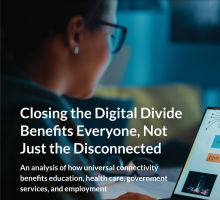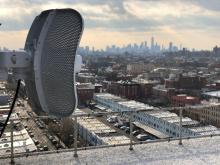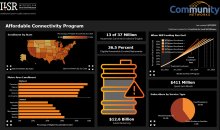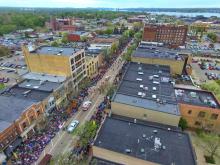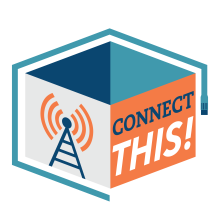
With everything from shelter-in-place orders to partying on Florida beaches, Internet Service Providers (ISPs) across the country have had to figure out their own responses to Covid-19. We reached out to a mix to get a sense of what they are seeing and how they are adapting.
Some ISPs have cut all installs and have disbanded their offices as much as possible to work remotely and try to prevent spread of the novel coronavirus. Others have detailed new protocols. Almost all are seeing some increases in bandwidth usage. Lots of ISPs have special, temporary offers to get low-income families signed up during this time of need.
Bandwidth Booms
When it comes to usage, we are seeing a lot more activity. We don't have enough evidence to confirm our recent predictions, but things are more or less where we expected. Most networks usually have peak activity in evening prime time hours, and that remains true. The daytime peaks are expanding, but 4K streaming is keeping those evening peaks much larger.
At Sonic, California's largest independent ISP, they have seen an increase of 25 percent in evening peak, which is remarkable, but well within the capacity of their network to handle it.
Week over week @Sonic internet traffic, annotated. #COVID19 #WFH #gigabit #fiber pic.twitter.com/eUKL9FGXMk
— Dane Jasper (@dane) March 18, 2020
In talking to a few fiber and well-regarded fixed wireless ISPs, they are not seeing any signs that their network cannot handle the growing demand. Many have reported that they are performing middle mile upgrades earlier than they had planned, but they believe they can stay on top of growing usage. That said, many schools (K-12 and higher education) are still preparing their online curriculum and we'll see how that changes the numbers over time.
In one city with free wireless in parks, a common day in March would see about 500 devices connected, but they are seeing 3,500 currently.
We also have some data courtesy of NetBlazr in Boston, which is overwhelmingly residential traffic. (We've discussed their urban fixed wireless model on the Community Broadband Bits podcast previously.) The first chart shows daily peaks in traffic.
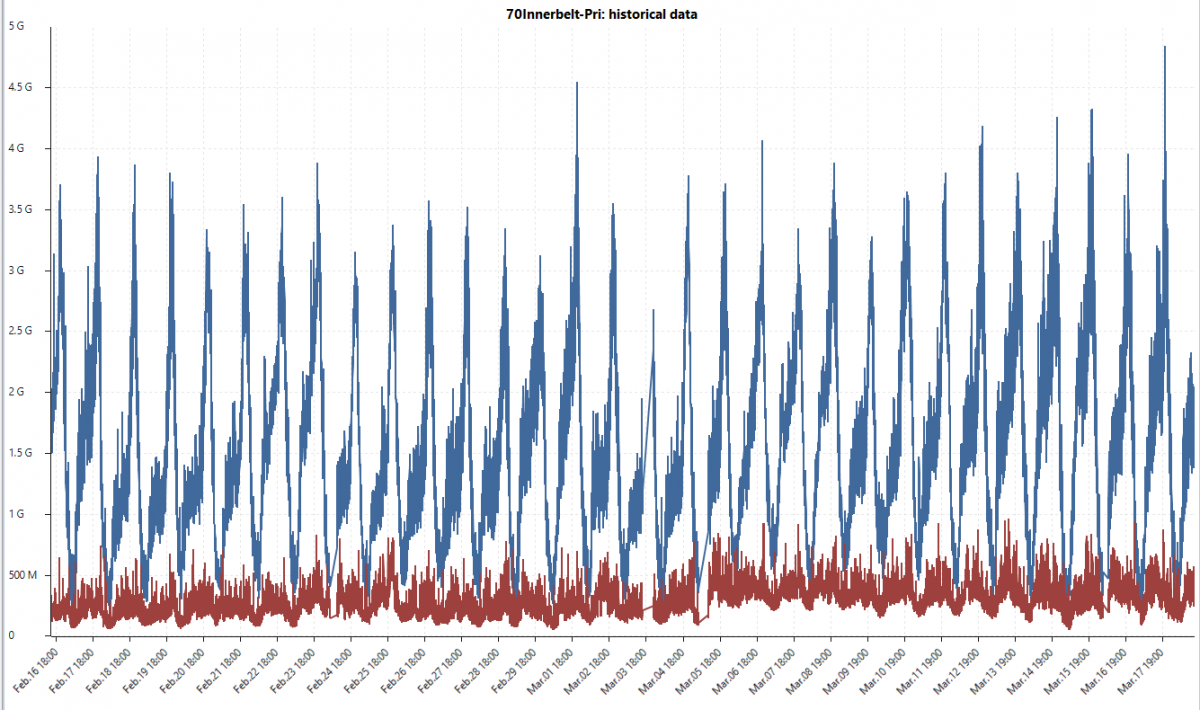
The next two charts show how the shape of demand has shifted throughout a day - Feb 13th is on top and March 18th on bottom.
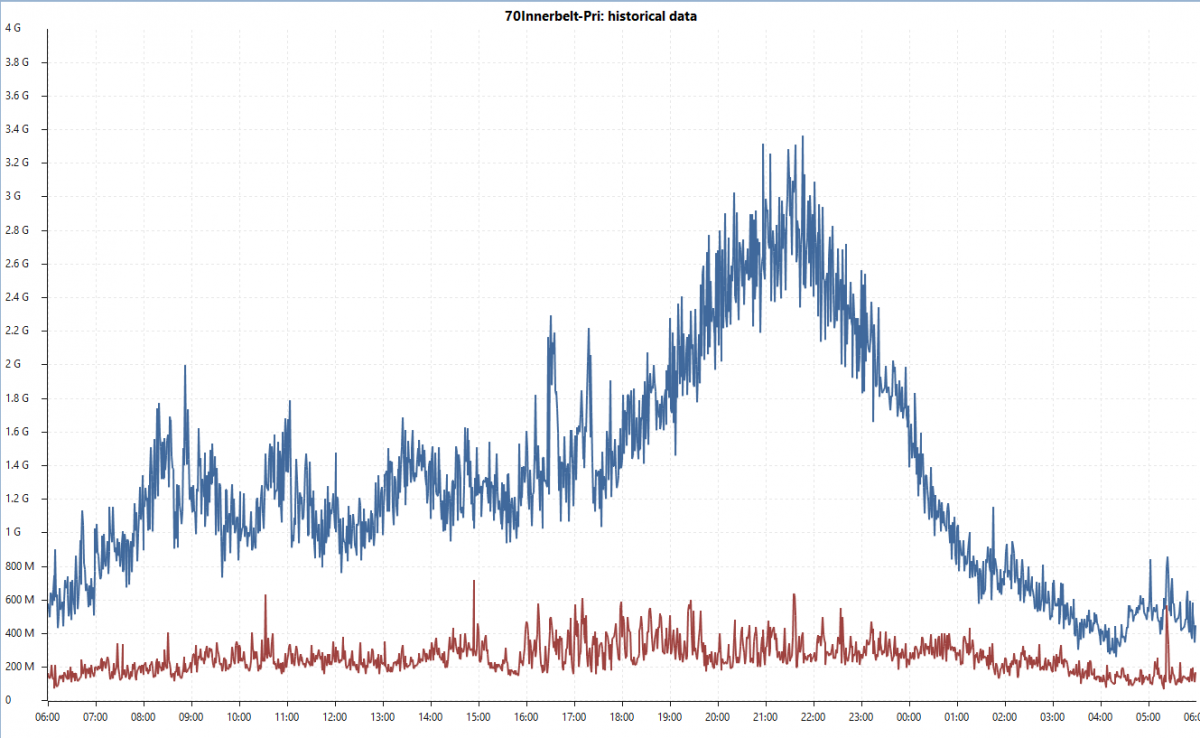
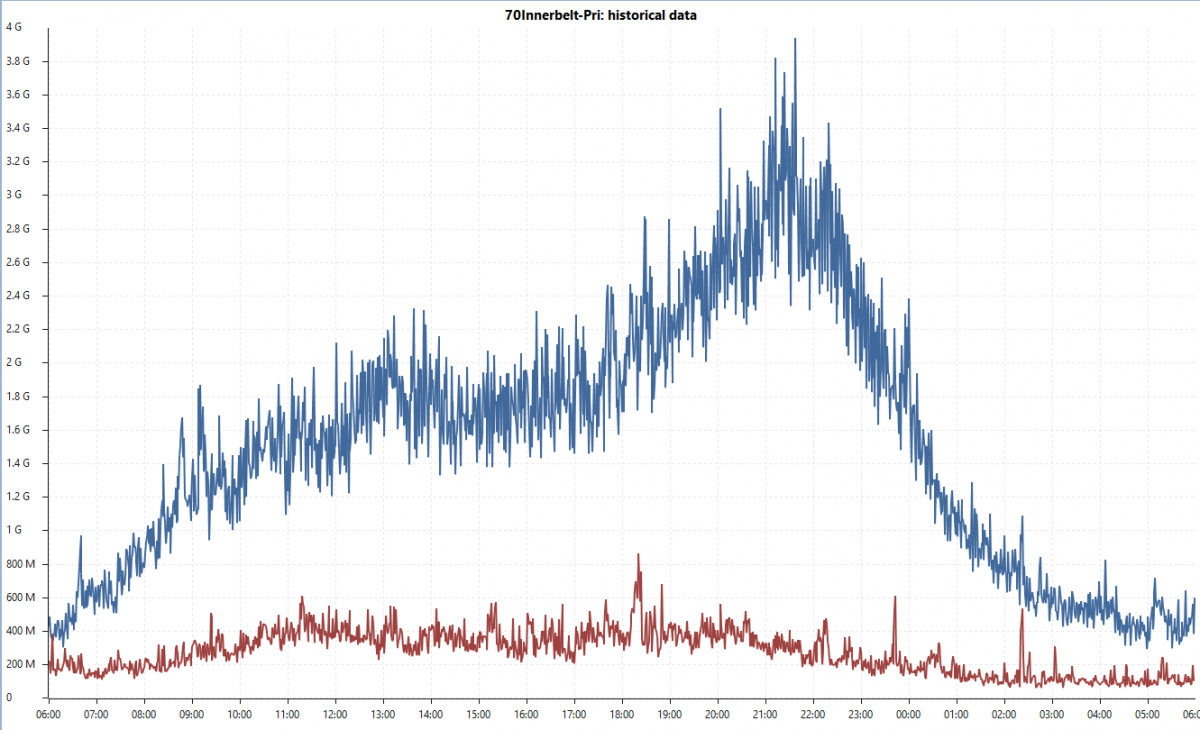
We have heard some reports — nothing we can be certain about — that in some areas where schools may be more active in getting kids connected remotely, the slow upstream of the residential networks is creating problems for the software they are using. We hope to have more information in the coming days and weeks. We are working with several partners to try to measure this with a survey and speed test. Please take a few minutes to do it and spread it around!
Managing Growth
One of the few promising developments is that many more people suddenly see the value of high-quality Internet access. We have talked to several fiber-optic ISPs — all in areas with active Covid-19 outbreaks — and they have reported new records in single day or weekly sign-ups. Many have not surveyed the new soon-to-be-subscribers, but one had and reported they recognized the value of a better connection for new patterns of working at home for parents and remote learning for children.
In our discussions, it seems like the areas where cases are not yet confirmed are not experiencing a similar surge.
The challenge for many ISPs right now is how to handle growth currently. Here in Minnesota, underground work has just become feasible again. Some ISPs have temporarily halted all new installs. RS Fiber Co-op in Minnesota is one of several that has a new protocol for sanitizing, following CDC guidelines, and is connecting only homes where no one is ill or has traveled recently.
Given the increasing need for high-quality Internet access to keep the economy and educational opportunities at least partially alive, I suspect most ISPs will have to find ways of safely sending techs into homes for installs and repairs. This probably isn't going to stop soon.



